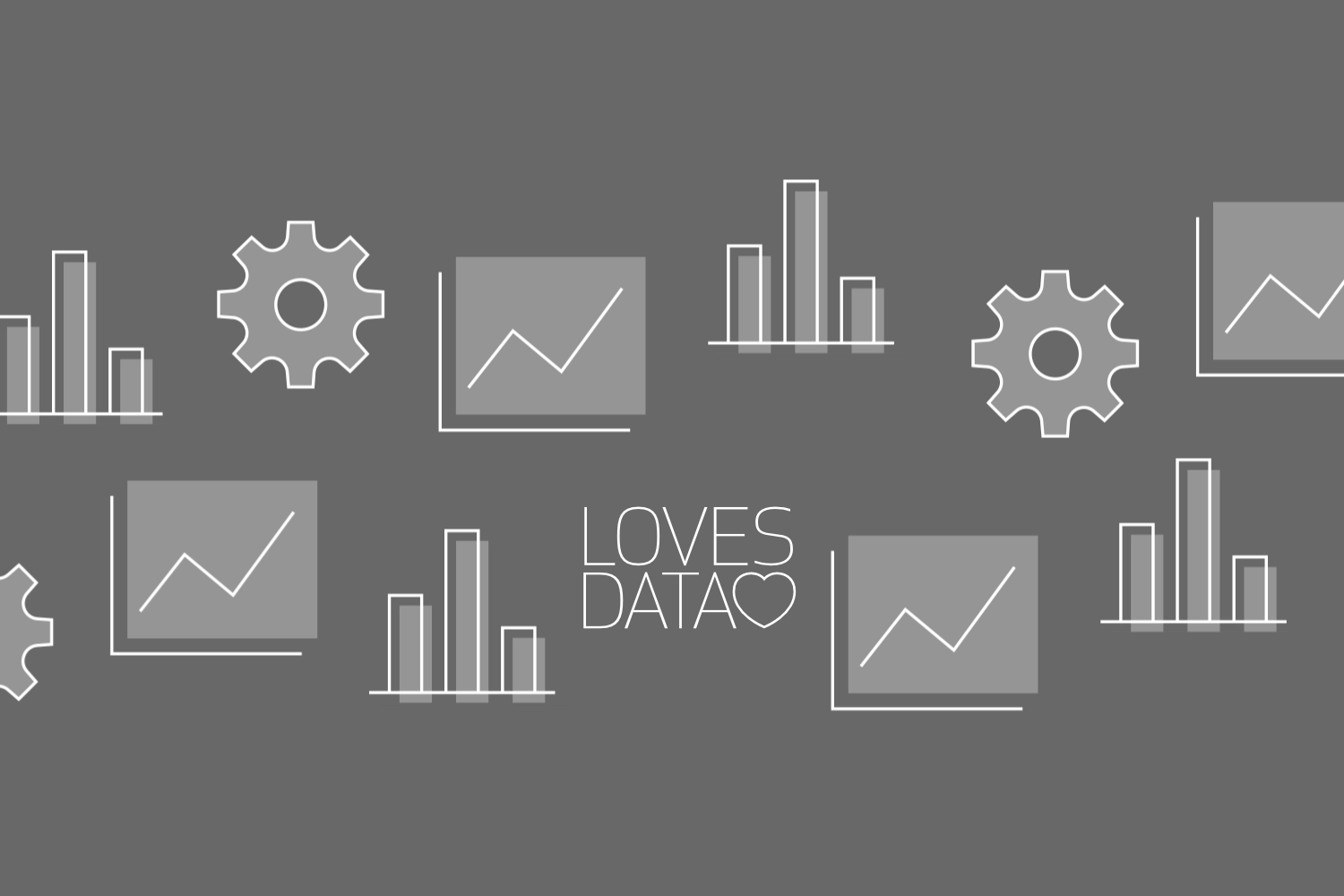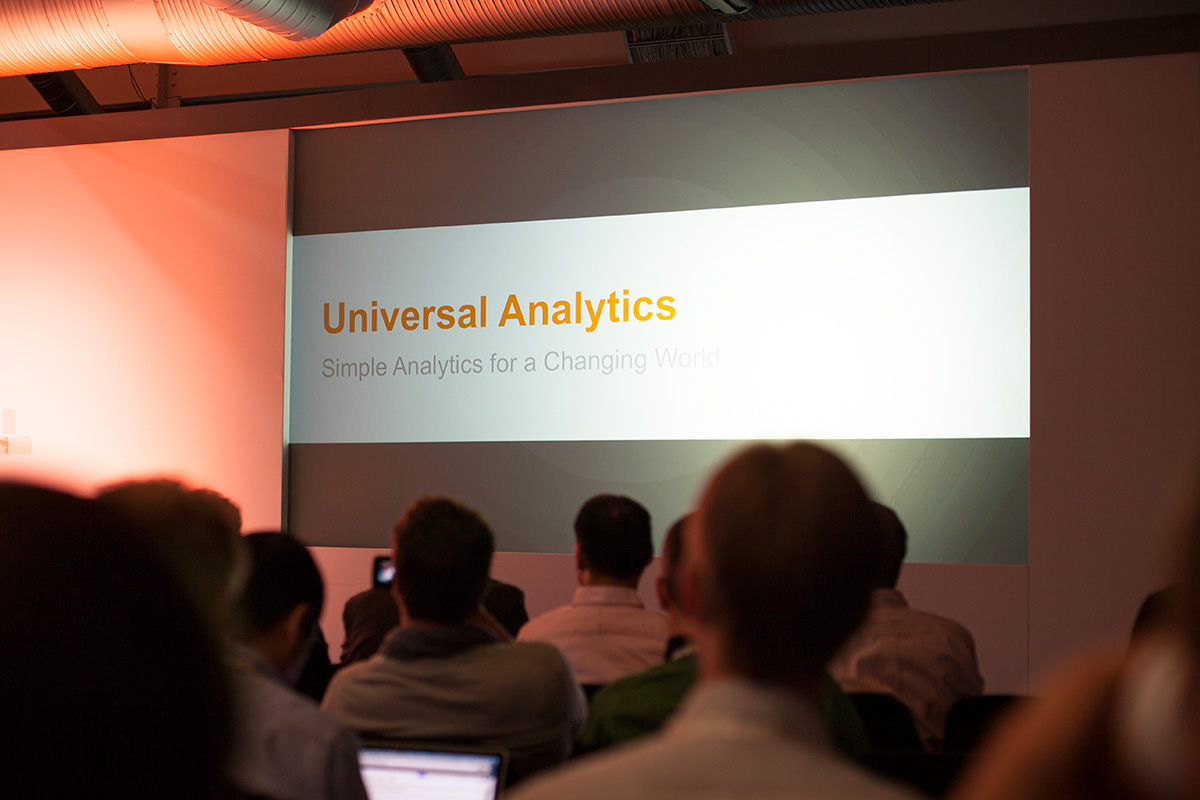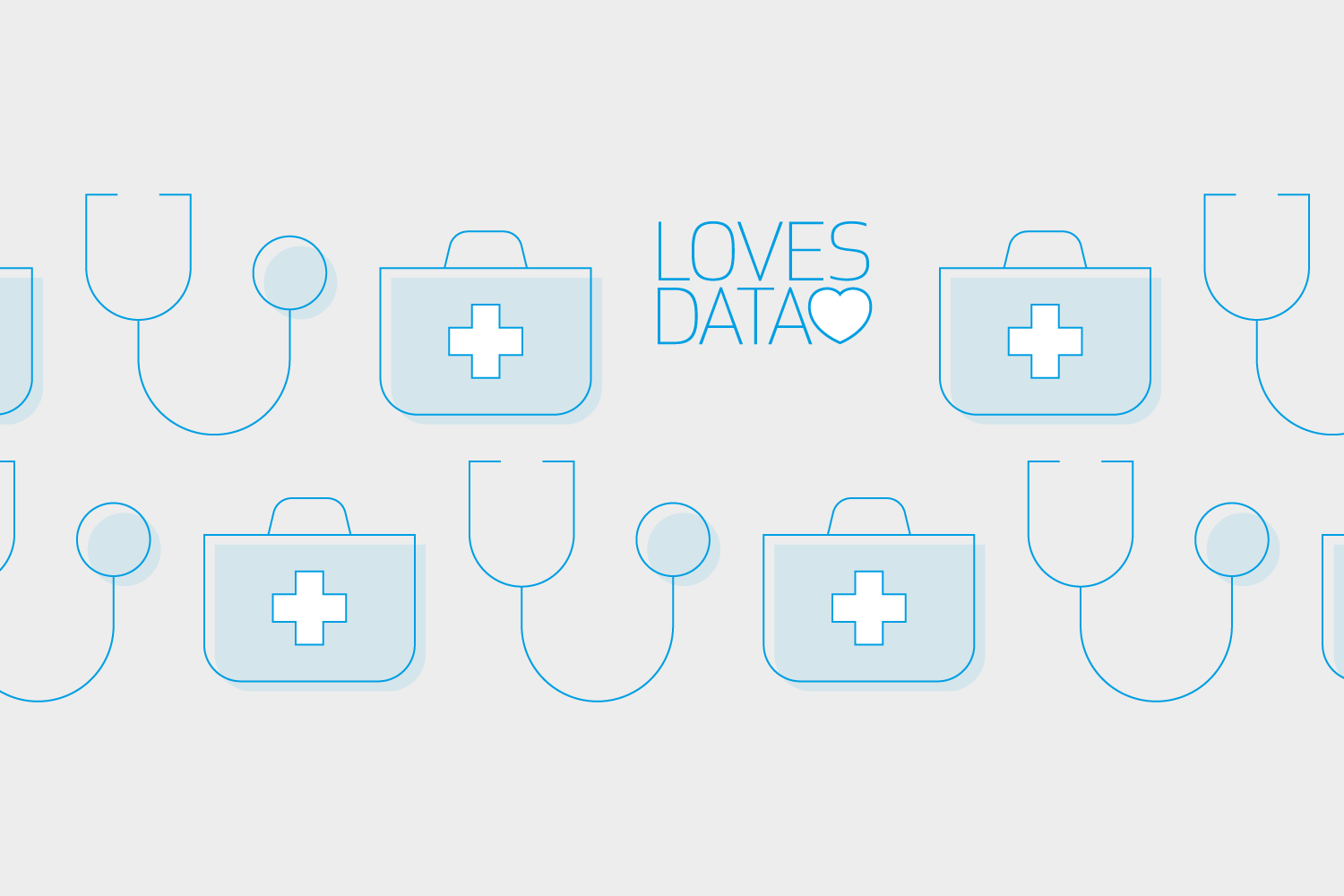Universal Analytics from Google Analytics
Loves Data
Universal Analytics represents a complete view of customer behavior
At the 2012 Google Analytics Summit in Mountain View, Google announced the biggest change to its Google Analytics Platform since the product was first released: the introduction of Universal Analytics.
Only a month prior to the announcement, Justin Cutroni hinted at a move toward a more "customer-centric" platform at Australia's first Google Analytics User Conference in Sydney.
Universal Analytics is Google's way out of the marketer's quandary of multiple touch points, many sources of offline data and a distinct lack of integration – that is until now!

What does universal mean?
This paradigm allows you to track users instead of sessions, which makes it possible to track how visitors engage across their various devices and even if they engage with you offline.
Thus, analysts and marketers alike will have a more complete picture of customer behaviour. Universal Analytics makes it easier to calculate exact ROI and track visitors across devices and from online to offline.
A breakdown of tracking:
What's new? A single ID to track people across devices will be much easier to use and simpler than legacy event tracking.
Say goodbye to session-based analytics once your users are logged in. The focus is changing to user-centric cross-device reporting. With a common ID, you can track if somebody comes to your website on their mobile phone and later converts on their laptop.
But, you don't have to use Google's ID, you can use a client or customer ID from your own database.
Cookies sizes have been drastically reduced in the new Universal Analytics JavaScript. While the script does not track HTML objects like forms or external links out-of-the-box, open source libraries are currently being developed to streamline advanced integrations.
Also, Universal Analytics allow you to send ‘hits' from your offline sources and track them as goals. This is the ability to upload custom data and assign that data to individual users. For example, if someone fills out a contact form on your website, you may be able to tie that small conversion to the more significant conversion that happens in your CRM if they go on to become a customer.
The reverse is also true, Universal Analytics allows you to import business data which opens up endless possibilities for rich demographic segmentation using custom dimensions and metrics.
What's included in Universal Analytics?Here's just a handful of features Justin Cutroni points out:
- Measurement Protocol - send data to Analytics from any system/device and build your own code library to integrate with your existing business systems
- Offline Conversion Import - send ‘hits' from offline sources (eg: CRM, CMS or POS systems) to Analytics
- Custom Dimensions and Custom Metrics - available in Custom Reports and as secondary dimensions in standard reports
- Dimension Widening - add lots of new dimensions via a data upload
- Cost Data Import - cost information about marketing campaigns will provide a more accurate marketing ROI
- Server Side Sessionization - occurs at the server level, allows you to use own anonymous sessionization key
What you can expect
Though only available in private beta for now, features will start to be released in early 2013.




Comments